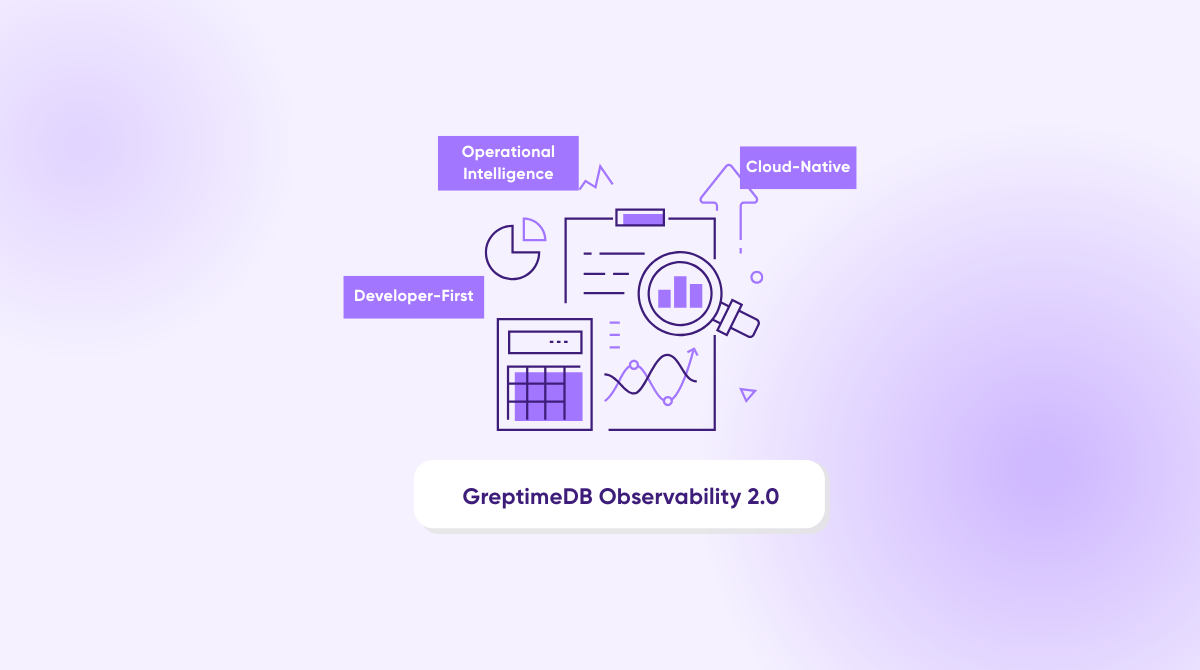
💬 Slack | 🐦 Twitter | 💼 LinkedIn
Stuck with clunky dashboards and alert storms? The shift to Observability 2.0 finally delivers what operators and developers crave—clarity and actionability. Modern databases like GreptimeDB are leading the charge, opening up a new chapter in operational excellence with smarter metrics, context-rich traces, and user-centric tooling.
Observability 2.0 vs. Traditional Monitoring: What’s Different?
Context-aware alerts: No more alert floods; actionable signals with incident context.
Integrated trace and metrics views: See the why, when, and how for every anomaly.
Dynamic dashboards tailored for real teams and real workflows.
Cutting Through Complexity in New Database Workloads
Multi-region deployments, high-throughput data streams, and spiky workloads used to mean guesswork for administrators. Observability 2.0 brings:
Native support for time series metrics with precise time stamp tagging
Automated pattern recognition for usage and performance anomalies
Self-service investigation tools that empower teams—not slow them down
What Are Enterprises Really Asking For?
Road Map transparency: More detail on planned features like unified cloud/on-prem observability.
Better migration visuals: Tools that show impact of data movement, reindexing, or upgrades over time.
In-depth query analysis dashboards for non-technical stakeholders.
Case Study: Transforming Operations With GreptimeDB
A SaaS analytics provider needed to maintain 99.99% uptime. Legacy metrics weren’t enough. GreptimeDB’s Observability 2.0 suite made it possible to:
Detect rare race conditions within minutes
Provide context-rich post-mortems to management
Cut emergency incident time in half
Future Trends and The Road Map
Smart incident annotation for root-cause tracking
Automated workload simulation to spot risk before deployment
Third-party marketplace for community-contributed observability extensions
Take the Next Step With Observability 2.0
Ready to ditch guesswork and unlock true operational intelligence? Explore GreptimeDB’s Observability 2.0, join our public roadmap, or schedule a demo with our solutions architects today.
